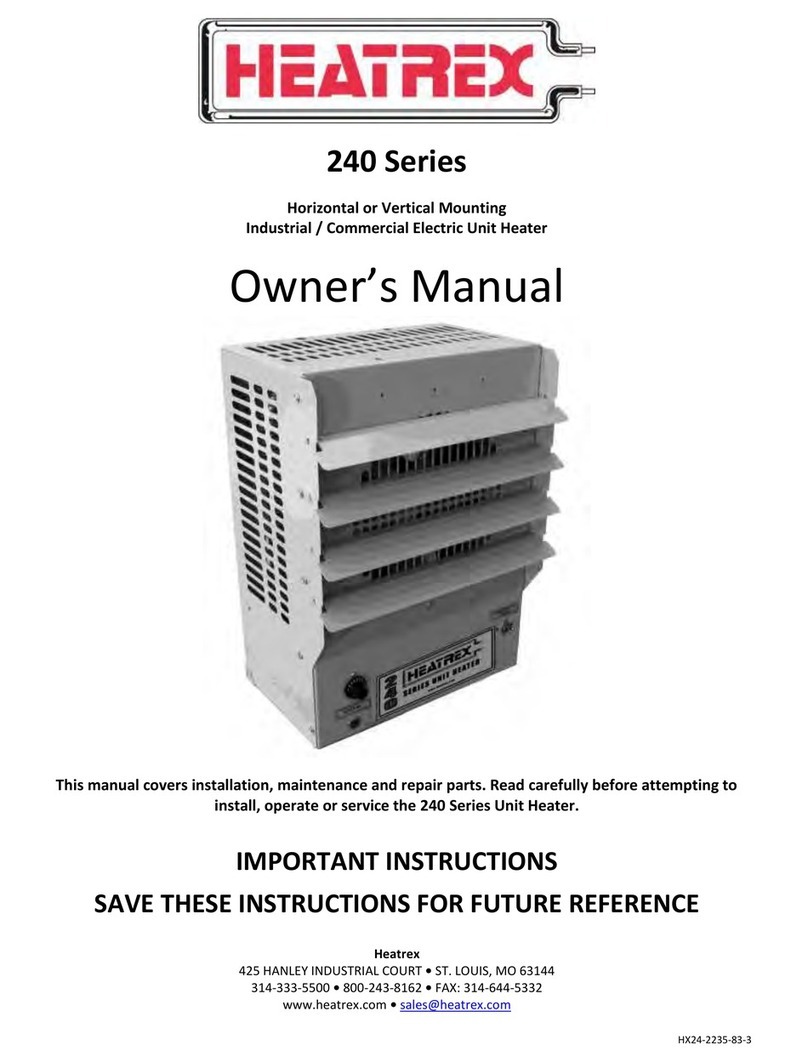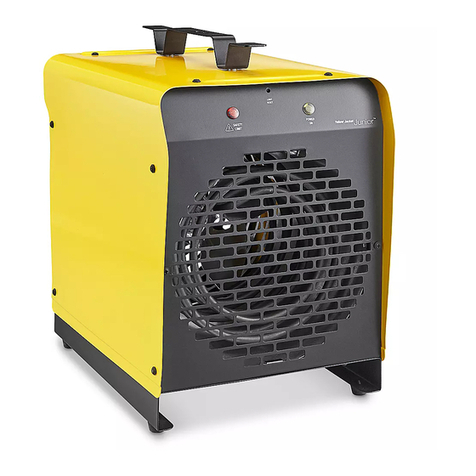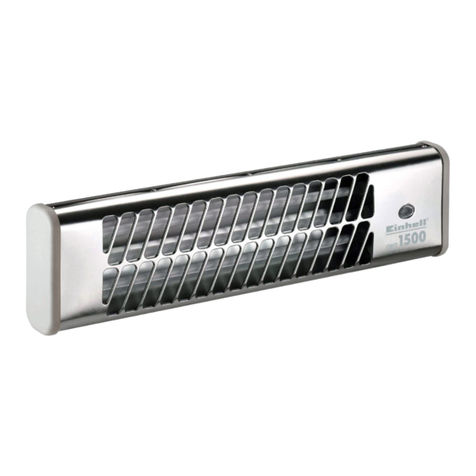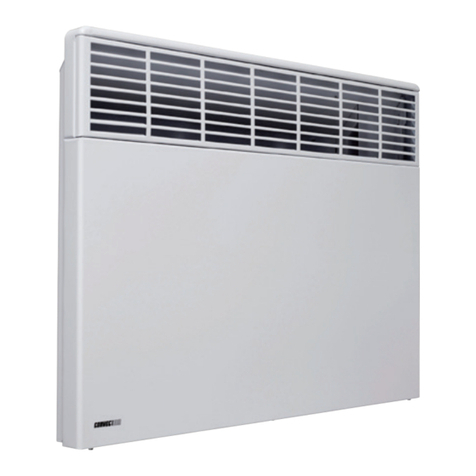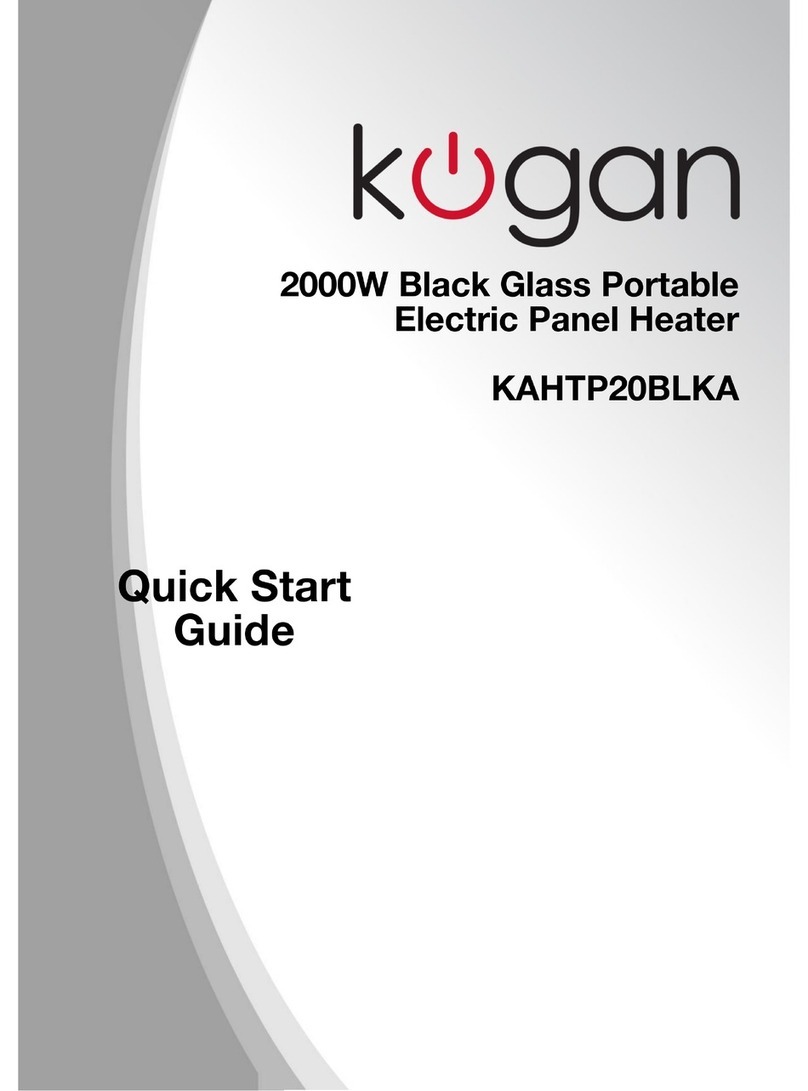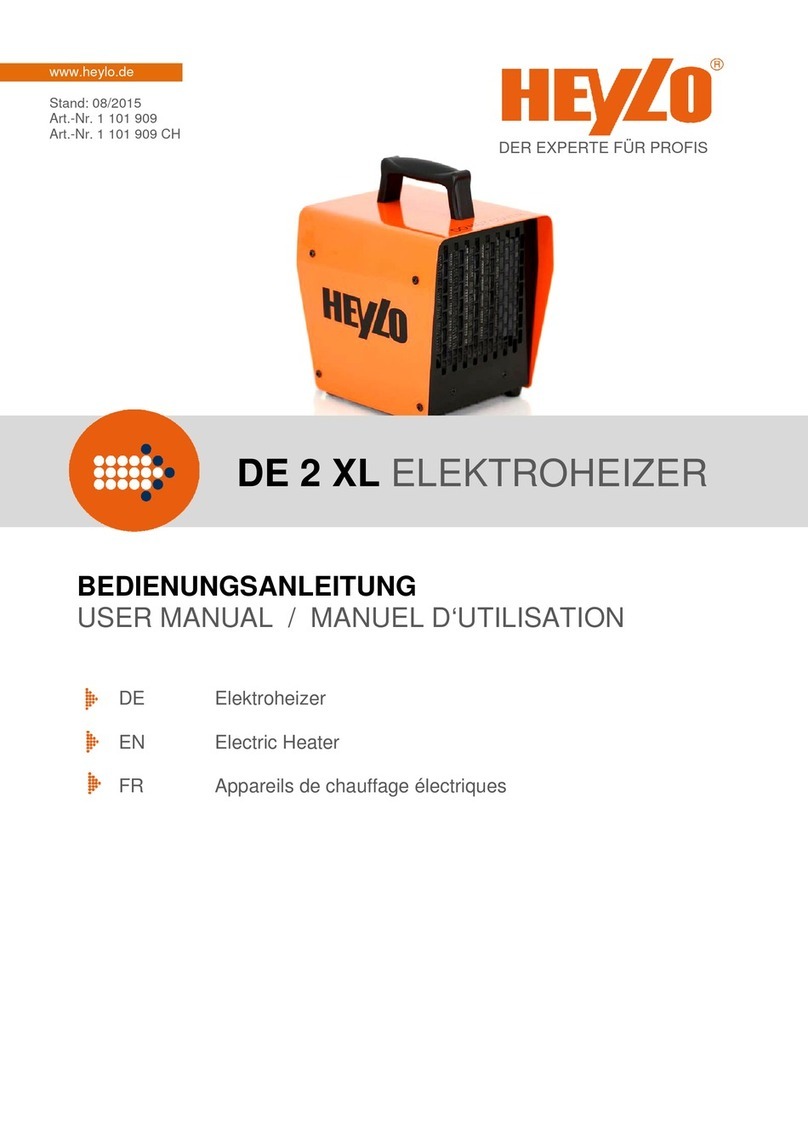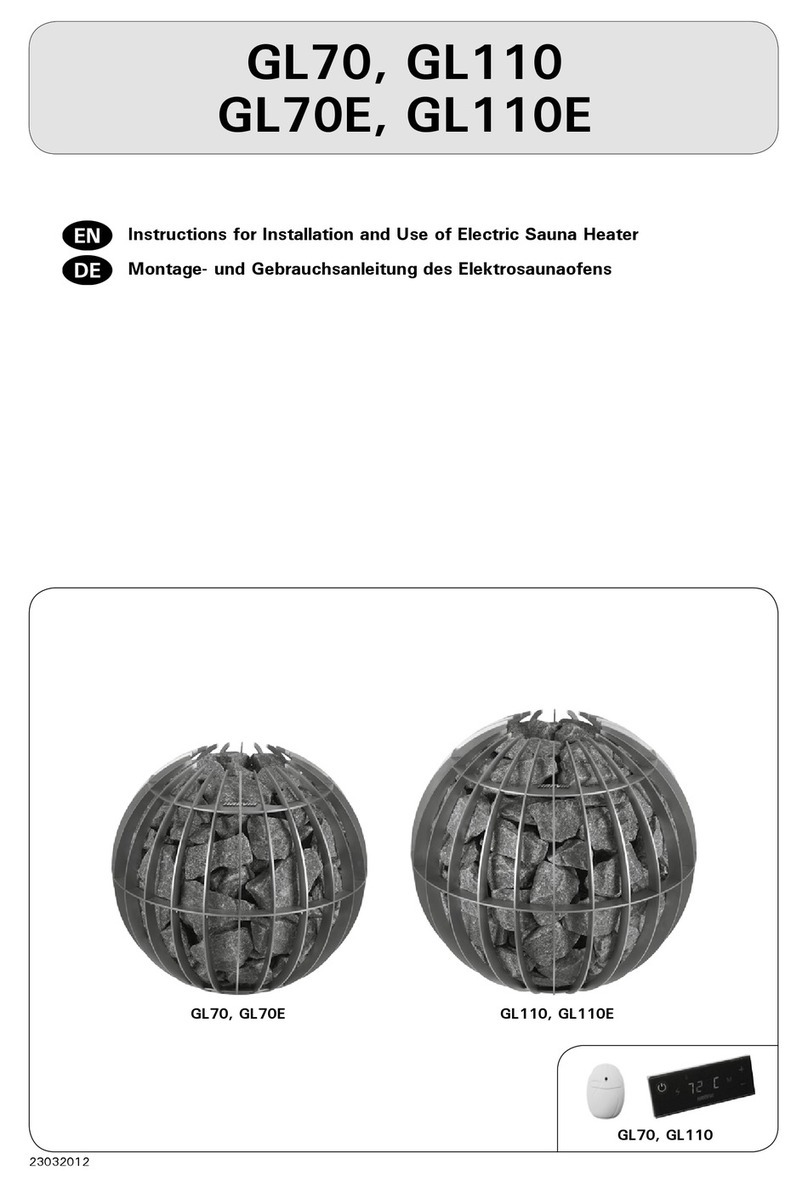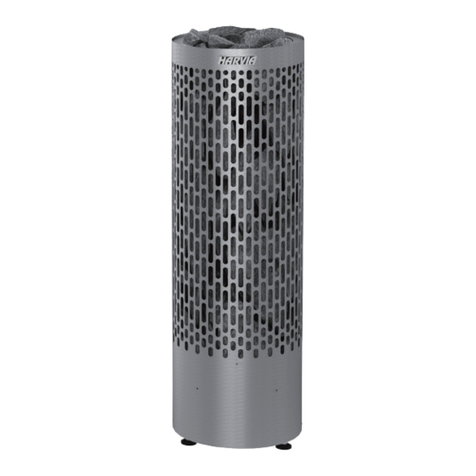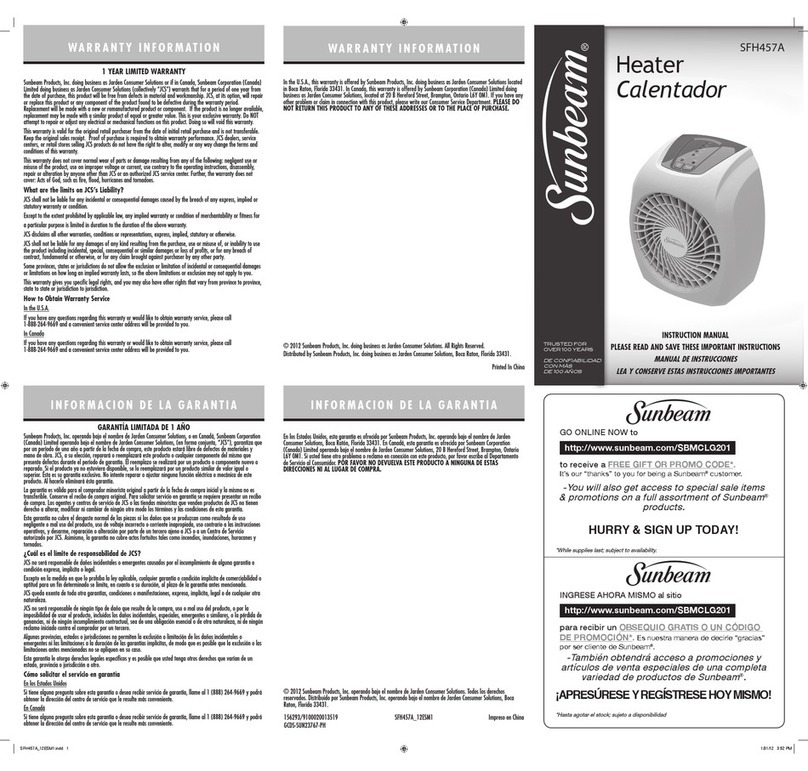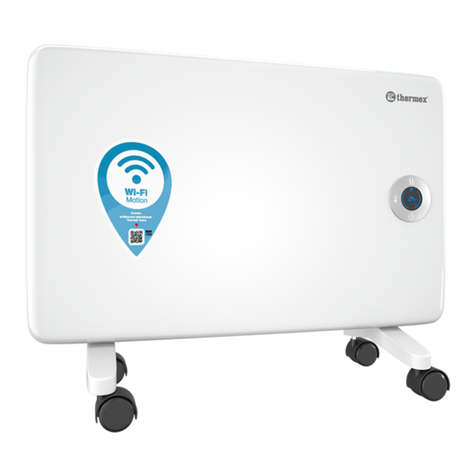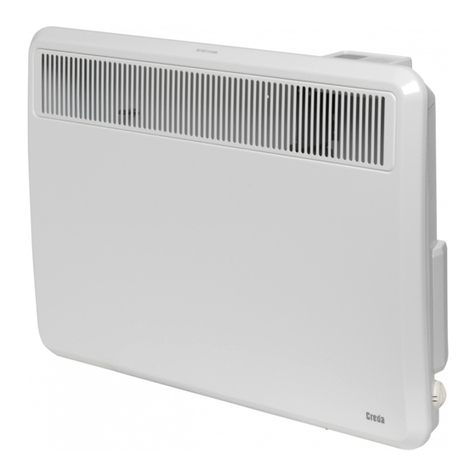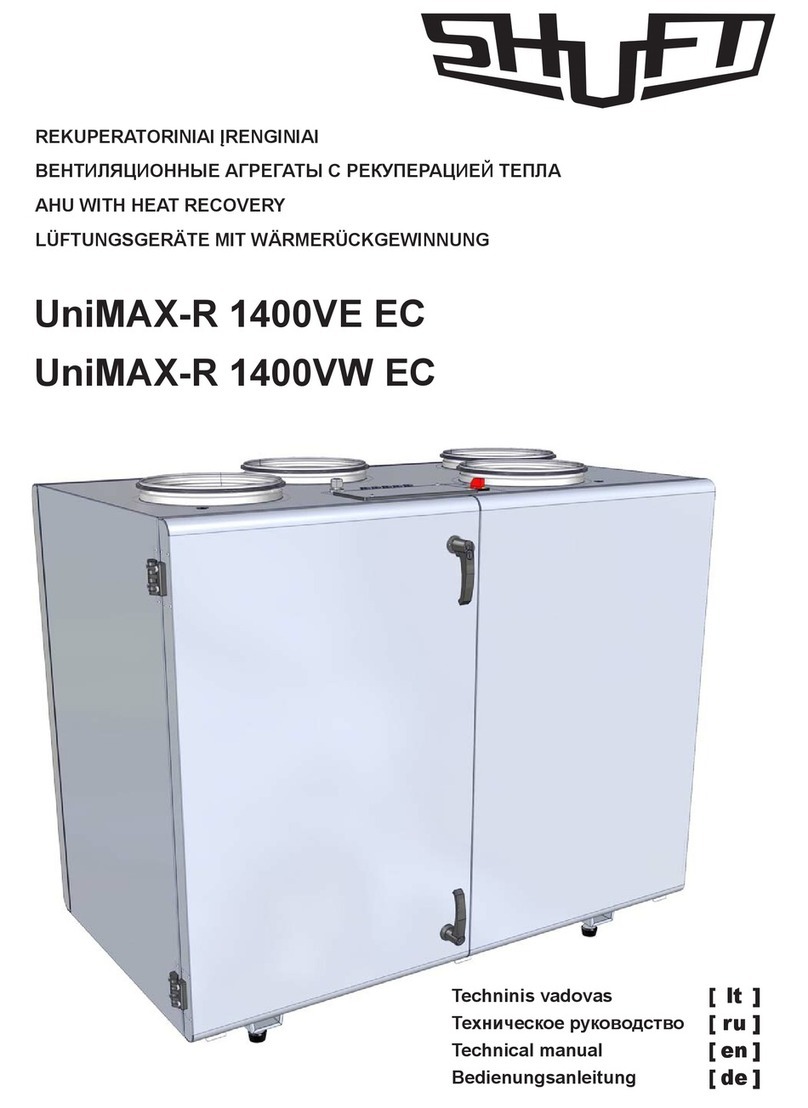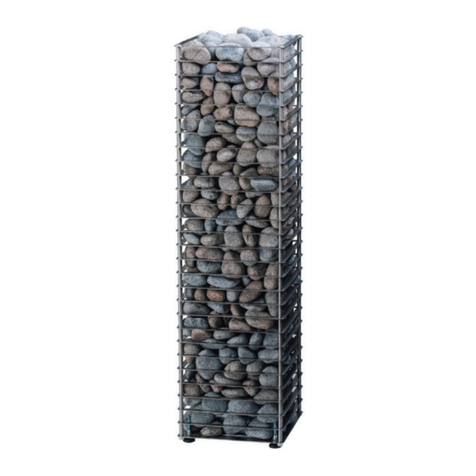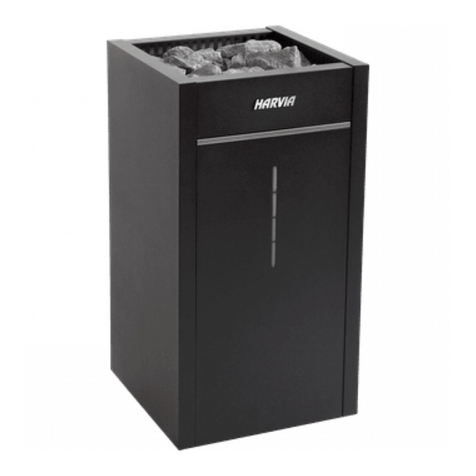Elston Manufacturing H-CAT-700 User manual

Revision B
Printed 2009
Elston Manufacturing
CAT-700 and CAT-900
Owners Manual

Table of Contents
Table of Contents
Safety Information.............................................................................................................ii
1) Introduction to Heater...................................................1
2) Quick Start Guide..........................................................3
2.1 Normal Operation........................................................................................................3
2.2 Running the Heater After It has Set A hile.................................................................5
3) Service Instructions........................................................7
3.1 Every Time You Walk By the Heater.........................................................................7
3.2 Every Time the Trailer is Loaded and Unloaded.........................................................7
3.3 Annually Before the Start of the Winter Season .........................................................7
4) Troubleshooting.............................................................
Problem A: Pilot Light Doesn't Light.................................................................................8
Problem B: Pilot Light Does Not Create a Hot Spot on the Catalytic Pad.........................9
Problem C: Catalytic Pad Never Gets Hot When Lighting Heater.....................................9
Problem D: Catalytic Pad Takes a Long Time to Get to Full Temperature......................10
Problem E: Heater Goes Out After Running at Least 30 Minutes....................................11
Problem F: Flames are Visible after Pilot Light is Extinguished......................................11
5) Installation....................................................................12
5.1 Overvie ....................................................................................................................12
5.2 Unpacking the Heater and Gathering Supplies...........................................................12
5.3 Mounting....................................................................................................................13
5.4 Final details................................................................................................................14
6) Parts List for Catalytic Heaters..................................15
Revision B
Valid for models CAT-700 and CAT-900 produced after summer 2008
i

Safety Information
Safety Information
The heater you have purchased as designed, first of all, to be safe. Ho ever, since this
heater burns propane, safety precautions are necessary for the safe and reliable operation of
this product. Throughout this guide, this important safety information ill be placed in
special arning boxes.
Warning: Never Restrict Access to the Controls
Never prevent access to the controls of the heaters of an
operating heater such as by blocking access panels and
doors ith cargo.
Warning: Use Propane Only
This heater is designed to operate on propane vapor at 11
inches of ater column only. Do not attempt to use
anything else as fuel since fire or explosion may result.
Warning: Do Not Bypass or Remove Safety Equipment
Although e understand temporary measures must
sometimes be made to save a load, bypassing any safety
device may result in fire or explosion. For your safety, do
not temporarily bypass any safety equipment, and if you do,
please fix these temporary measures as quickly as possible.
Warning: Exhaust Gases
Do not operate the heater hile the trailer is in an enclosed
area. This heater, like all heaters that run on fossil fuel,
produces exhaust containing carbon monoxide. This gas can
build up in enclosed areas causing illness or death.
Warning: Do Not Enter Trailer while Smoking
Do not enter the trailer hile smoking. It is possible if
safety features are bypassed or the heater is seriously
damaged for propane to build up in the cargo area. As a
result, never enter the cargo area ith an ignition source
or create an ignition source in the cargo area until it has
been properly vented. Furthermore, never enter the trailer
or stand near the trailer if you smell gas.
As al ays, apply common sense. If you’re not absolutely sure it’s safe then don’t do it.
ii

Chapter 1 Introduction to Heater
Introduction to Heater
The catalytic heater you have purchased is a thermostatically controlled flameless
propane heater designed for heating cargo. These heaters have pilot light to preheat the
catalyst hen the heater is first lit but, once lit, the pilot light is shutoff and the heater
becomes flameless. The heater maintains the temperature of your cargo by s itching
bet een t o levels of heat output: a lo heat output and the full 18000 BTU/hr heat
output.
Your heater is one of t o models, either the CAT-700 or the CAT-900. Both models
share the same basic heater but differ in the number and size of the propane fuel tanks
they can carry. The CAT-700 stores a single 20lb propane bottle in the base hile the
CAT-900 stores t o 20 or 30lb propane bottles.
Specifications - CAT-700
Model................................................................................................H-CAT
Dimensions............................................17 in ide x 76 in tall x 17 in deep
Weight ( /o propane tank)................................................................190 lbs
Rating........................................................................................18,000 BTU
Tank Storage.....................................1 20lb vapor ithdra al propane tank
Fuel Requirement......................................................propane vapor(LP gas)
Fuel Consumption..................................................................0.7 lbs/hr max
Hours of Operation ith full tank................................24 hours (minimum)
Range of Thermostat........................................................................50-90°F
Specifications - CAT-900
Model................................................................................................H-CAT
Dimensions............................................26 in ide x 81 in tall x 17 in deep
Weight ( /o propane tanks)...............................................................254 lbs
Rating........................................................................................18,000 BTU
Tank Storage.......................2 20lb or 30lb vapor ithdra al propane tanks
Fuel Requirement...............................................................propane (LP gas)
Hours of Operation ith full tank................................48 hours (minimum)
Fuel Consumption..................................................................0.7 lbs/hr max
Range of Thermostat........................................................................50-90°F
The controls for the heater are located in the upper portion of the heater. The controls for
the heater can be accessed by opening the small door on the side of the heater. When you
look inside you should see something similar to Illustration 1.
1

Chapter 1 Introduction to Heater
All the controls for the heater except the
valves for the tanks
When you look inside the base of a CAT-
900 heater you ill see the major
components sho n belo in Illustration 2.
The CAT-700 has very similar components
except it lacks the tank selection and
pressure indicator and the tank clamp is a
different design.
2
Illustration 1: Operating Controls
Illustration 2: CAT-900 Base
This manual suits for next models
1
Table of contents
